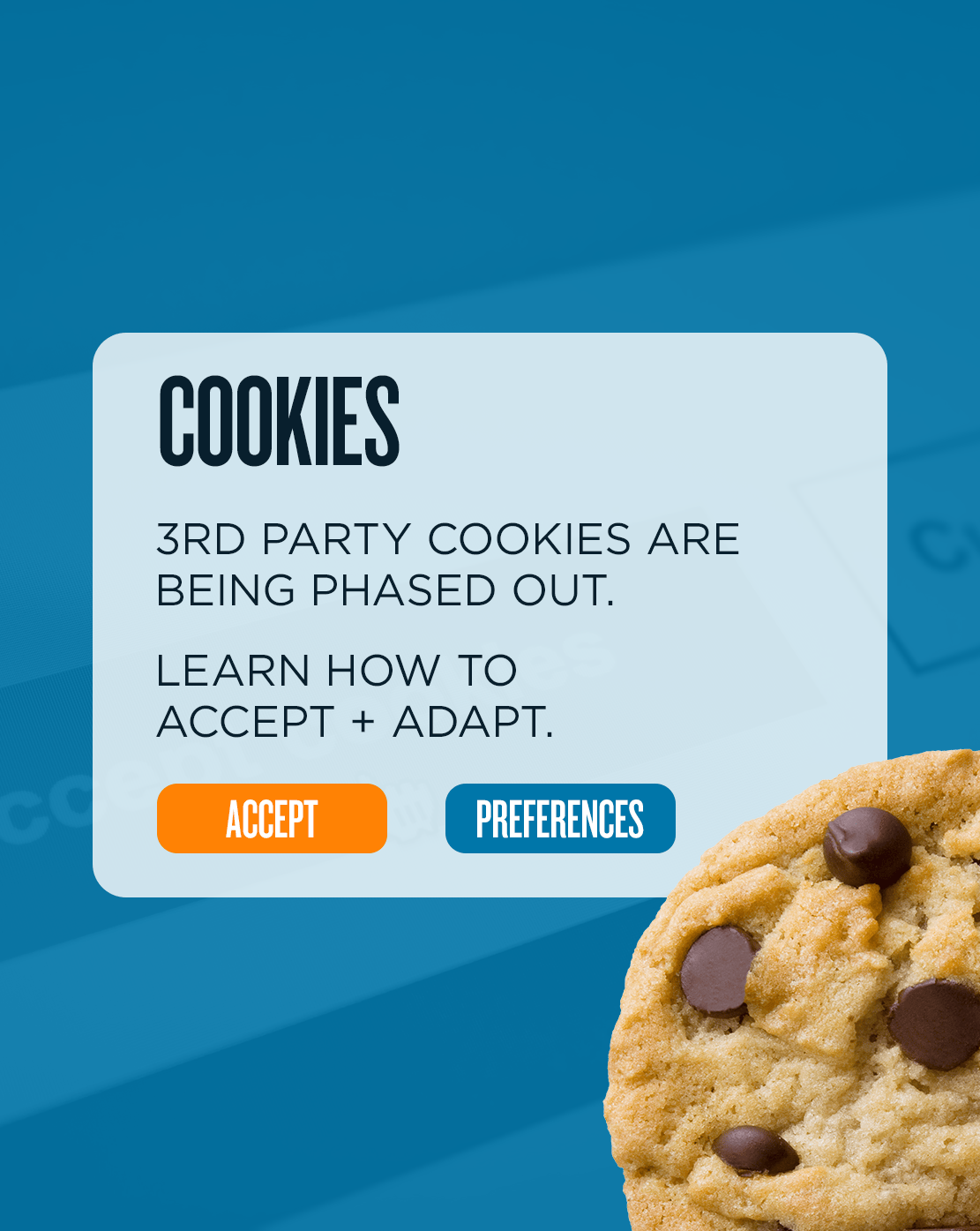
Building An Experience, Not Just a Website
If your website is not speaking to your audience on an emotional level, you’re missing an opportunity to really make an impact on them.
When you’re designing or re-designing your website, you need to prioritize your audience’s experience—especially since it may be the first touchpoint a person has had with your brand or business. Your website should quickly communicate who you are and what you do. Beyond that, your web presence must complement your values. Oh, and did I mention you have only about 3-5 seconds to communicate all of these things?
You know what they say about assuming…
When it comes to understanding your audience, it’s important to do your due diligence and research. What are their frustrations? What problem do they have that your business solves? Are you communicating your solution clearly? Are you speaking the language of your audience? You must speak directly to your audience from an educated perspective. You need to eat, sleep, and breathe your audience until you get to know them on a personal emotional level. Think of it as method acting … you have to “be” the audience!
To gather this information there are several sources you can use. If your organization has social media accounts, Facebook, Twitter, and Instagram all have tools to help you understand your audience. You can also review your website’s analytics to further understand visitors’ behavior and the key pages and areas of your website they are drawn to. Research tools like interviewing, focus groups, or surveys are other great ways to get to know your audience and gain useful insights that will improve your web design and their experience. Or we can do it for you!
Think outside of your own experience
To get a new perspective on your audience’s experience, sometimes it’s best to literally think outside. Go for a walk and imagine or visualize what it’s like to use your website. Do you currently have feelings towards it? What are those feelings? What might a user be feeling that is similar to your feelings? These are key things to think about as you start to consider user experience.
If your organization doesn’t yet have a website, then you can instead think about HOW you want that experience to look, feel, and sound. Think about emotions and use descriptive adjectives. Most importantly, save those adjectives and emotions so you can make sure that your web design evokes those feelings in your audience.
Let’s talk about our feelings
When it comes to connecting emotionally with your audience, it’s important that you are more than just talk. There is a big difference between a website that feels fun and playful, and a website with a bunch of “fun” words. In that case, you should think about how your audience defines “fun,” and find some ways to reflect that throughout the website. You could change some navigation words from standard words like “Company” or “About Us” to “Who we are” or “Meet the team.” You could add an unexpected element or animation to the website to surprise visitors. It could even be as simple as adding some bright, exciting colors.
If you want your website to feel like sipping a cocktail at a summer jazz concert, but instead it feels like a stark winter snowstorm at midnight, what can you do to add more life to the website? Perhaps the imagery needs to be brighter and warmer, or maybe too much space between elements makes it feel stark. Sometimes it’s a good idea to create a mood board to help you see where there is a disconnect between your actual site and your ideal.
Or maybe you DO want your website to feel like a snowstorm in the middle of winter because your audience consists entirely of snow plowers, and that is the environment they are the most comfortable in. In that case, let those flurries fly and let the asphalt shine!
Sum it up, Rachel
Enough rambling about feelings. It all boils down to understanding your audience: Knowing their problems and tastes, anticipating their moves, speaking with the same level of formality, understanding their attention span, etc. The key to having your website’s look and feel (and voice!) match the audience’s emotional needs is to walk a mile (or two) in their shoes—so you can build an experience that they will love!
Recommended







